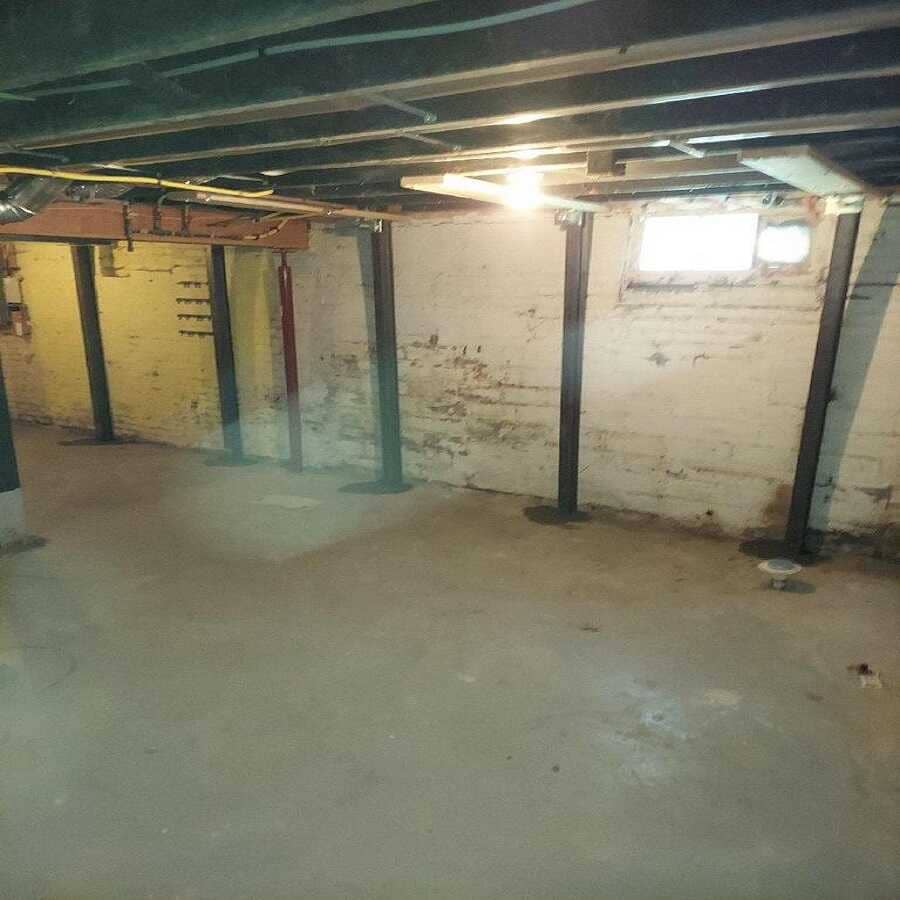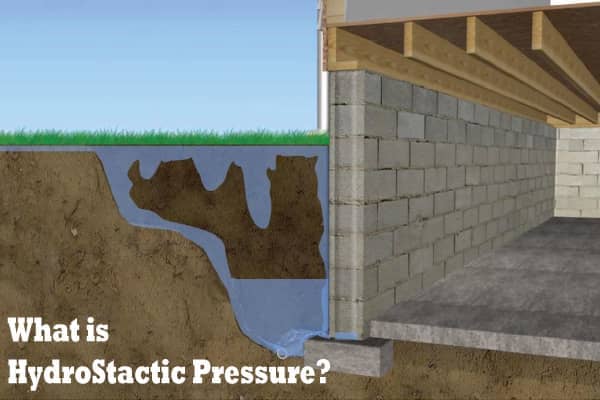Best Basement Waterproofing Things To Know Before You Get This
Best Basement Waterproofing Things To Know Before You Get This
Blog Article
Examine This Report on Best Basement Waterproofing
Table of ContentsThe Greatest Guide To Best Basement WaterproofingThe 6-Second Trick For Best Basement WaterproofingExcitement About Best Basement WaterproofingSome Known Facts About Best Basement Waterproofing.
What triggers water damages problems in your cellar? Pipes that line the inside of your wall surfaces are just one example of where water damage can occur.The soil and ground of your home is very important. If there is excessive water bordering your home, however, it can push the soil into your home and cause the seals of your basement to come to be jeopardized. when you see excess water in areas where it should not be, that is a very good sign that you have a trouble.
Concrete waterproofing finishings are cement-like; when completely dry, they stick permanently to concrete and stonework walls. You use the coating with a hefty brush made with bristles swirled throughout application for an eye-catching, finished look. Nonetheless, concrete water-proof finishings can't be put on formerly repainted surface areas Silicate-based concrete sealers, likewise called densifiers, are also appropriate only for wall surfaces that have not been repainted or secured.
Best Basement Waterproofing for Dummies
Plastic sheets and panels could be integrated with interior basement drainage systems. They don't stop water from getting through the wall, yet they do quit it from destroying things in the basement.
A sump pump is required to move water out of your cellar. In order to correctly suggest a service for your damp cellar, call American Eagle for a no-obligation see. Our specialists will certainly have the ability to discuss which options are choices for your home. Why should you waterproof your basement? Here are a few things the professionals can install to assist the waterproofing procedure: this is designed for the walls of your basement.

It likewise helps avoid the development of mold - Best Basement Waterproofing or mold, which can be a pretty large carcinogen. Cellar waterproofing is a terrific method to get in advance of potential water damage that may come your method. Do not be reluctant to contact regional experts, like those at American Eagle with any waterproofing inquiries you might have pertaining to what basement waterproofing looks like and a lot more.
The smart Trick of Best Basement Waterproofing That Nobody is Discussing
When it involves protecting your home, one of the most vital steps you can take is basement waterproofing. A completely dry basement not just makes certain a secure and healthy setting for you and your family, but it likewise aids to stop expensive water damages and mold and mildew development. In this article, we will certainly review the significance of basement waterproofing, the benefits it provides, and just how you can tackle safeguarding your area.

When it concerns cellar waterproofing, there are a number of approaches that can be used to maintain water out of your area. These consist of interior sealants, outside waterproofing membranes, and drain systems. The very best technique for your basement will rely on factors such as the level of water invasion, the problem of your structure, and your spending plan.
In final thought, basement waterproofing is an essential step in securing your home from water damages, mold and mildew growth, and various other problems. By spending in cellar waterproofing, you can ensure that your room continues to be completely dry, risk-free, and healthy and balanced for you and your family. Not only does cellar waterproofing give assurance and defense for your home, however it can also enhance its value and save you money on energy costs in the long run.
The Main Principles Of Best Basement Waterproofing
Inside sealers are a sort of cellar waterproofing technique that entails using a sealer to the within the cellar wall surfaces and floorings. Water can seep into a cellar with cracks, gaps, or permeable concrete, particularly in areas where there is high groundwater or bad water drainage. This can bring about water damage and mildew development, along with damages to the structure and structural integrity of the structure.

It is a reliable service for preventing water damages and preserving the structural stability of the building. It can be expensive and turbulent to mount, as it calls for excavation around the foundation and may entail landscape link design and other fixings once the waterproofing is full. Nevertheless, this approach is one of the most trusted and durable solution for protecting against water seepage in the basement.
Structure split injections are a method of fixing splits in the structure wall surfaces from the within, without excavating the soil around the structure. The procedure involves infusing a fluid polyurethane or epoxy right into the splits, which then solidifies and creates a water resistant obstacle that protects against water from leaking through. This method is generally made use of for smaller cracks that do not pose a structural risk, and can be completed rapidly and with minimal disturbance to the building's occupants.
Report this page